Directions (1-5): Study the radar chart given below and answer the following questions.
Radar chart shows the number of employees (in ’00) in 5 different departments (A, B, C, D & E) of a company in 2016, 2017 & 2018.
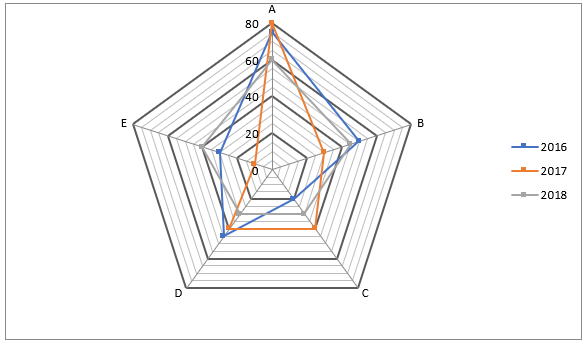
Q1. Average number of employees in A, D & E in 2016 is what percent of employees in A & E together in 2018?
(a) 40%
(b) 20%
(c) 80%
(d) 50%
(e) 90%
Q2. Find ratio of employees of E in 2016, 2017 & 2018 together to employees in A in 2016 & 2018 together.
(a) 11 : 15
(b) 16 : 27
(c) 13 : 16
(d) 3 : 4
(e) 2 : 3
Q3. Employees in company in 2016 are approximately what percent more or less than employees in company in 2018?
(a) 11%
(b) 21%
(c) 7%
(d) 3%
(e) 15%
Q4. If in 2019 total employees in company are increased by 5% as compared to total employees in company in 2017 and ratio of employees (A : B : C : D : E) in 2019 is 9 : 14 : 5 : 10 : 4, then find total employees in C & D together in 2019 are how much more or less than total employees in B in 2016 & 2017 together.
(a) 500
(b) 2500
(c) 2000
(d) 1000
(e) 1500
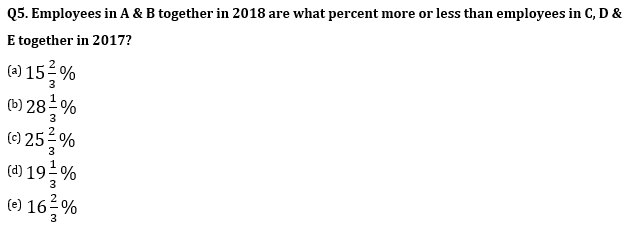
Directions (6-10): Study the bar-graph carefully & answer the following questions.
Bar-graph given below shows the percentage of total defective cars sold out of total cars sold by four different shops. Total cars sold by four shops = 1200. Ratio between cars sold by X : Y : Z : K = 1 : 3 : 2 : 4
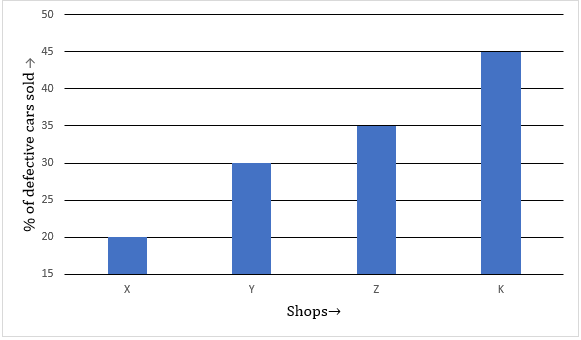
Q6. Defective cars sold by shops Y & K together are how much more/less than total non-defective cars sold by shop Z?
(a) 124
(b) 178
(c) 194
(d) None of these
(e) 168
Q7. Non-defective cars sold by shop X is approximately what percent of defective cars sold by shop K?
(a) 52%
(b) 44%
(c) 36%
(d) 64%
(e) 58%
Q8. Find the average number of defective cars sold by all the shops together?
(a) 128
(b) 112
(c) 108
(d) 132
(e) 106
Q9. Find the ratio between 2/3rd of cars sold by shop X & K together to total non-defective cars sold by shop Y & Z together?
(a) None of these
(b) 60 : 61
(c) 55 : 56
(d) 50 : 51
(e) 20 : 21
Q10. If 25% of defective cars sold by shop Y are returned back to the same shop, then find total cars which are sold (defective and non-defective) by shop Y?
(a) 388
(b) None of these
(c) 288
(d) 324
(e) 333
Directions (11–15)- Table given below gives information about no. of article manufactured by company and % of non-defective article out of them. Table also gives ratio of non-defective article sold to defective article sold by five different companies. Company A, C and D sold 90% and company B and E sold 80% of total manufactured articles.
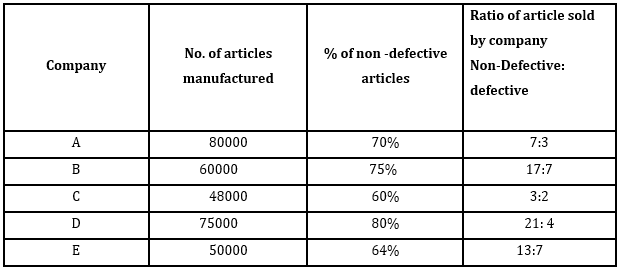
Q11. Find ratio of unsold defective article to unsold non-defective article of company B?
(a) 25 : 16
(b) 5 : 4
(c) 12 : 5
(d) 1 : 11
(e) 4 : 5
Q12. Total non-defective unsold articles of company C are what percent of non-defective articles of same company?
(a) 10%
(b) 20%
(c) 25.5%
(d) 24.5%
(e) 26%
Q13. What is average of defective articles sold by companies A, C and D?
(a) 9936
(b) 16560
(c) 16636
(d) 15560
(e) 24840
Q14. What is the ratio of non-defective article sold by company D to defective article unsold by company E?
(a) 27:2
(b) 469:39
(c) 567:40
(d) 465:37
(e) None of these
Q15. What is ratio of total defective unsold article of company A to total unsold non-defective article of company C?
(a) 11/13
(b) 1/3
(c) 3/4
(d) 2/3
(e) 5/6
Solutions
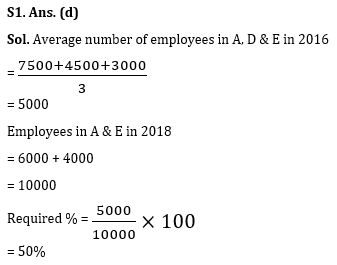
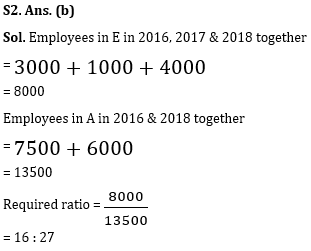
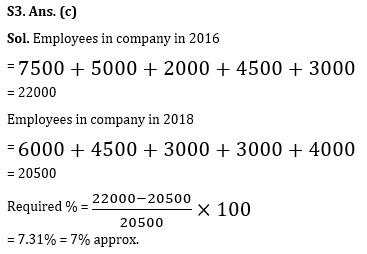
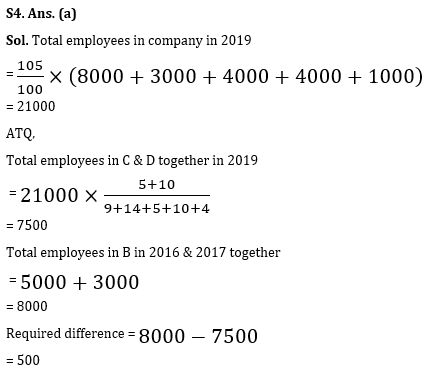
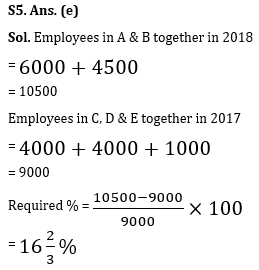
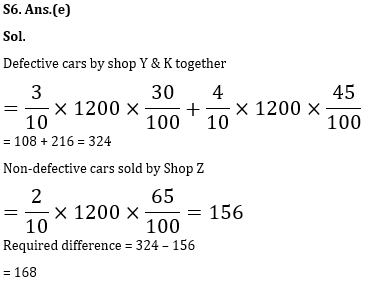
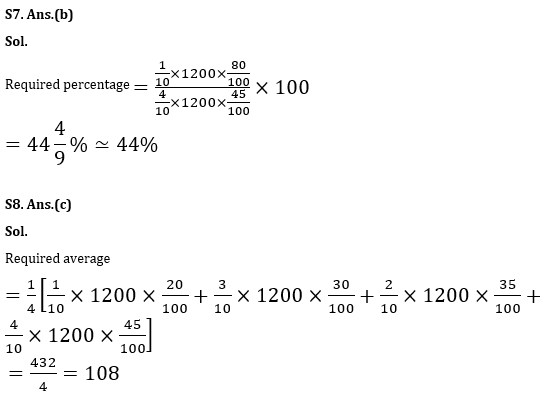
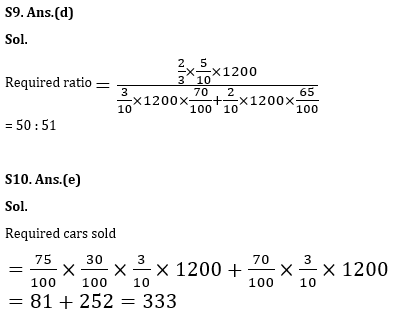
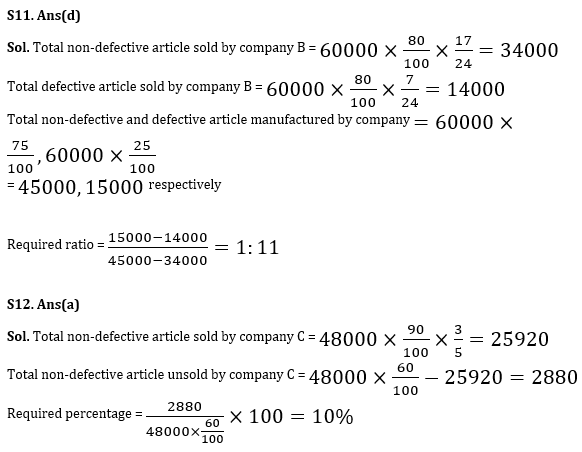
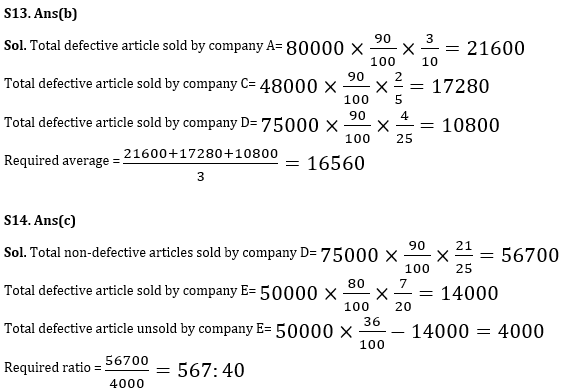
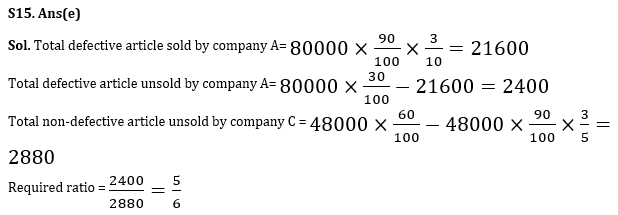


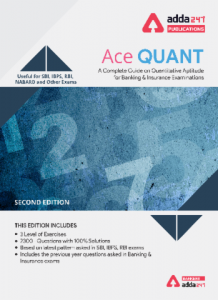


 Data Interpretation Questions for IBPS R...
Data Interpretation Questions for IBPS R...
 Data Interpretation Questions For Bank E...
Data Interpretation Questions For Bank E...
 Data Interpretation Questions for SBI PO...
Data Interpretation Questions for SBI PO...


